What are the parts of a fork? |
||||
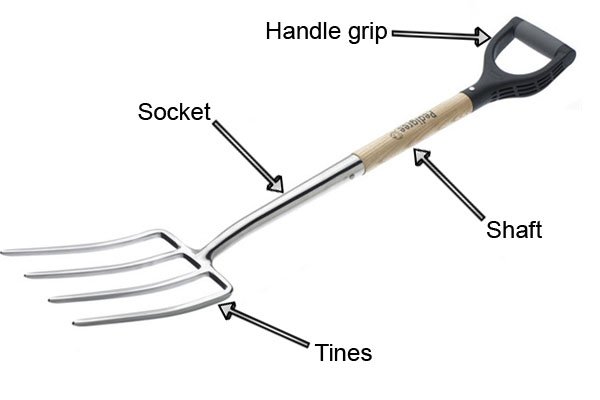 |
||||
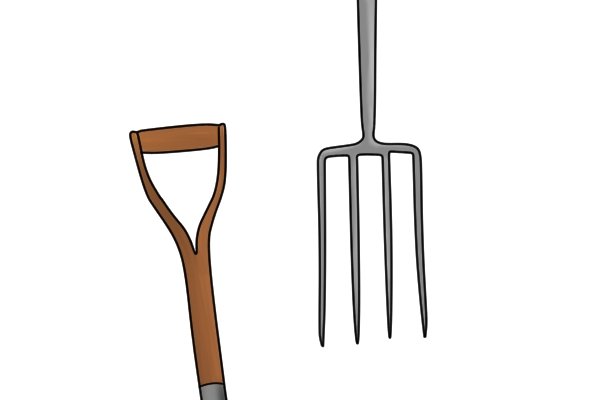
|
A fork has two main parts – the head and the shaft. Both vary in terms of size, material and configuration. | |||
Head |
||||
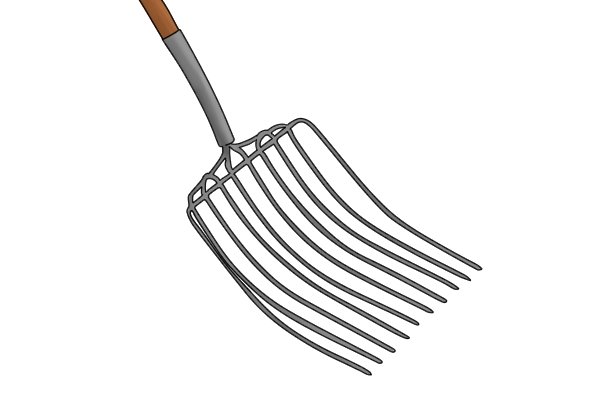
|
The head of a fork consists of the tines and a socket.
TinesThe tines are the projecting spikes or prongs used to spear, hook, move and generally cut through soils and other organic material. These tines also hold the material being moved, while the socket fits over the shaft, the part you hold. |
|||
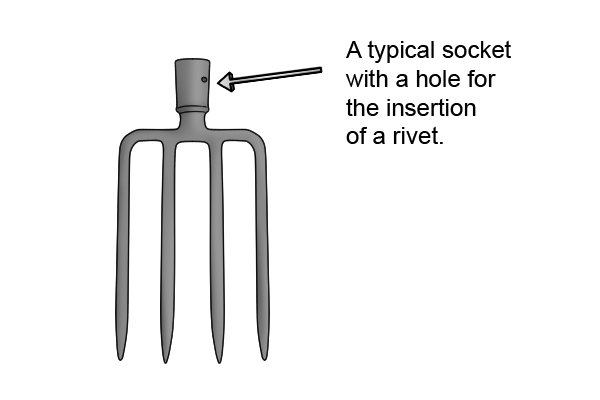 |
SocketThe tines meet the shaft through a tube of metal called a socket. There are different socket connections, which can affect the quality of the fork. For more information, please read our page: How are the tines attached to the shaft? |
|||
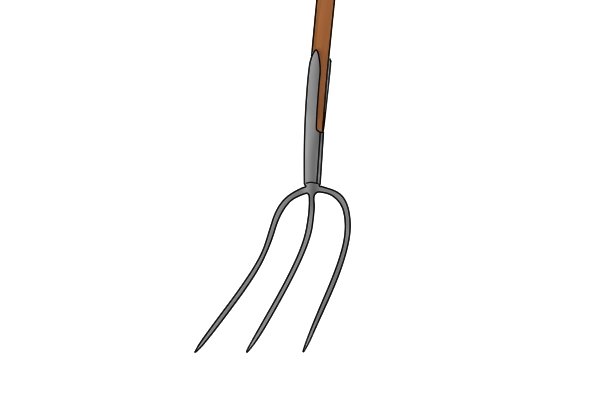 |
Depending on the job a fork is designed for, the head will differ in the following ways:
|
|||
Shaft |
||||
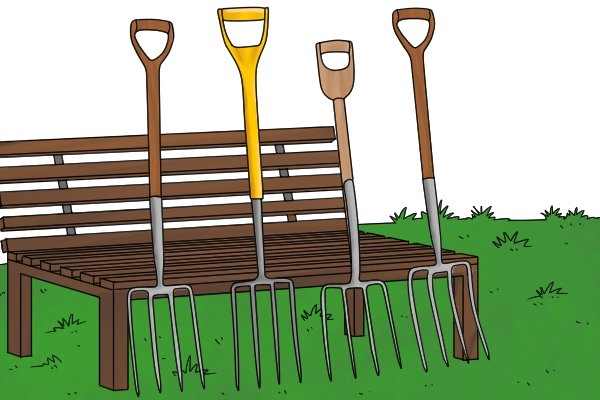 |
At the end of the shaft is the handle, which you use to grip and control the fork.
The shaft also has important features to consider when selecting a fork. These are:
|
|||
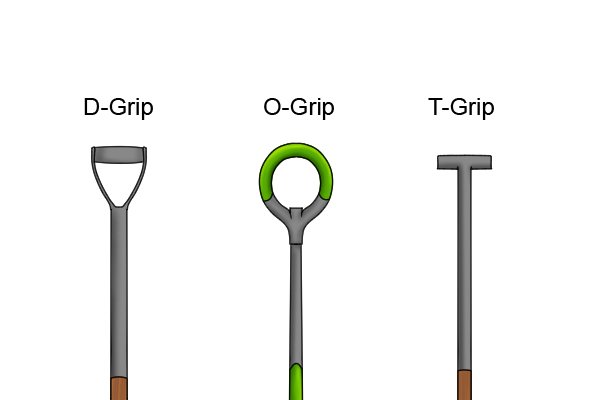 |
Types of handle gripThere are two types of handle grip:
In addition, some forks have been designed with ergonomic handles, such as the O-grip, which minimises fatigue on the hands and wrist. Please see: What are the different types of handle grip? for more details. |
|||






